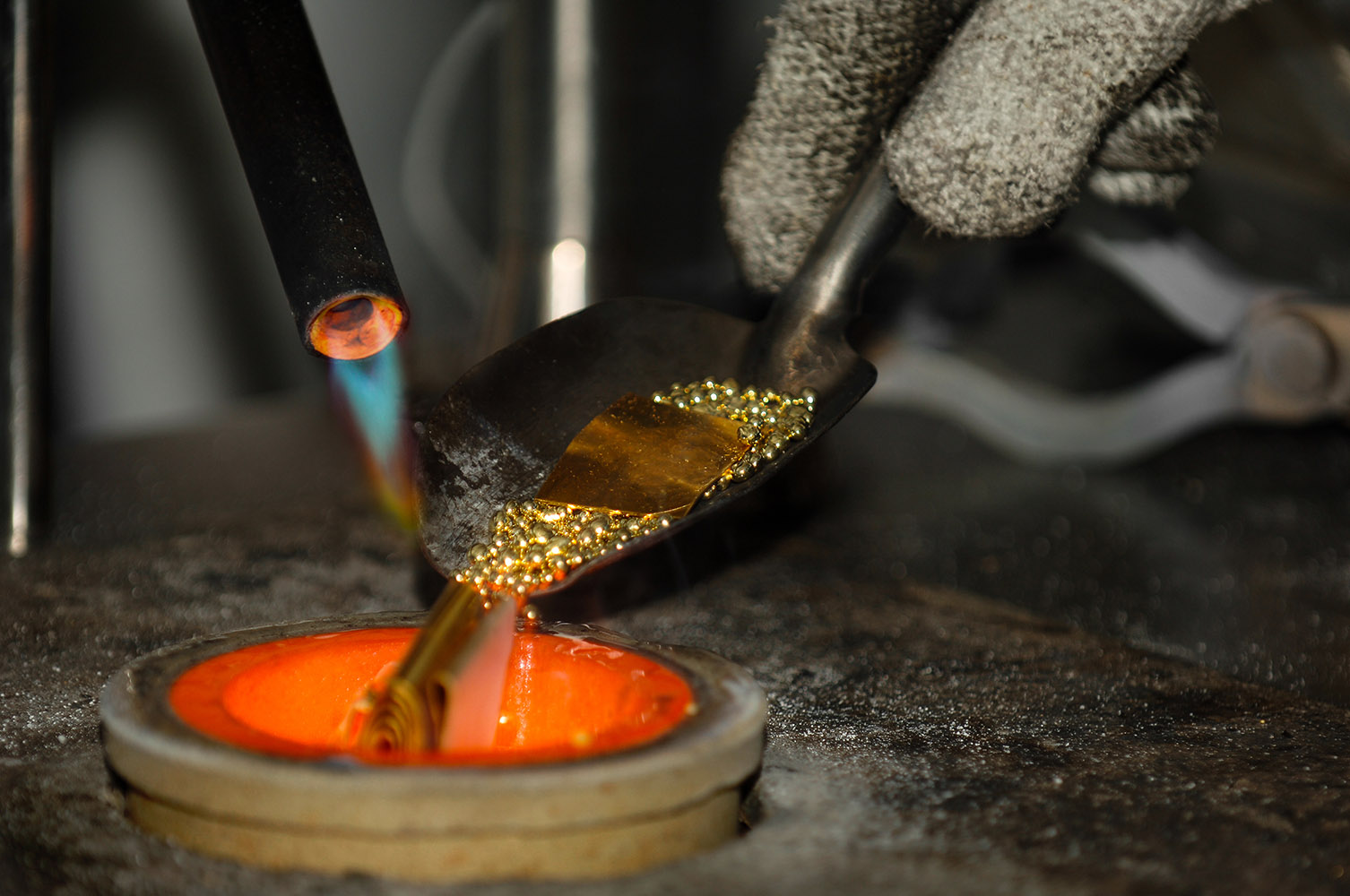Advancements in Metal Alloys and Metallurgy Techniques: Shaping the Future of Jewelry Manufacturing

Metal alloys and metallurgy techniques play a pivotal role in the world of jewelry manufacturing. With constant advancements in material science and engineering, new alloy compositions, heat treatment processes, and surface treatments are revolutionizing the industry. These innovations not only enhance the durability and performance of jewelry but also offer endless possibilities for creating aesthetically captivating pieces. In this article, we will explore the recent advancements in metal alloys and metallurgy techniques, their impact on jewelry manufacturing, and how they are shaping the future of the industry. Additionally, we will highlight how JewelryAdmin, an advanced jewelry manufacturing software, enables manufacturers to define custom alloys for casting and production, as well as effectively manage their alloy inventory.
- New Alloy Compositions
In recent years, jewelry manufacturers have been experimenting with novel alloy compositions to achieve specific properties and meet evolving consumer demands. Traditional alloys like gold, silver, and platinum are being combined with other elements to create alloys with enhanced strength, hardness, color variations, and corrosion resistance. JewelryAdmin, as a comprehensive jewelry manufacturing software, empowers manufacturers to define and customize their own alloy compositions for casting and production. The software’s intuitive interface allows users to input precise alloy formulas, ensuring accurate and consistent results in the manufacturing process.
- Heat Treatment Processes
Heat treatment processes have long been utilized in metallurgy to modify the properties of metals, and their application in jewelry manufacturing has seen significant advancements. Controlled heating and cooling techniques, such as annealing, quenching, and tempering, are employed to improve the hardness, toughness, and workability of metals used in jewelry production. JewelryAdmin incorporates a sophisticated module that enables manufacturers to record and track heat treatment processes for different alloys. By maintaining comprehensive heat treatment records, manufacturers can ensure consistency in the production of jewelry pieces with desired characteristics.
- Surface Treatments
Surface treatments are crucial in enhancing the aesthetics and longevity of jewelry. Various techniques are employed to improve the surface finish, color, texture, and resistance to tarnish or corrosion. JewelryAdmin recognizes the importance of surface treatments and provides functionality to track and manage the surface treatment processes for different jewelry items. By documenting the specific surface treatment procedures, manufacturers can maintain consistency in the appearance and quality of their products.
- Impact on Durability, Aesthetics, and Performance
The advancements in metal alloys and metallurgy techniques, coupled with the capabilities of JewelryAdmin, have had a profound impact on the durability, aesthetics, and performance of jewelry. By defining custom alloys and precisely tracking the alloy inventory, manufacturers can ensure the use of high-quality materials in their production processes. This not only enhances the durability and longevity of jewelry pieces but also allows for greater flexibility in achieving desired colors, finishes, and textures.
The advancements in metal alloys and metallurgy techniques, combined with the capabilities of JewelryAdmin, are revolutionizing the jewelry manufacturing industry. Manufacturers now have the ability to define custom alloys for casting and production, as well as accurately track their alloy inventory. By leveraging these innovations, jewelry manufacturers can create exceptional pieces with enhanced durability, aesthetics, and performance. JewelryAdmin empowers manufacturers to stay at the forefront of these advancements, ensuring their ability to meet evolving consumer demands and shape the future of the industry.



